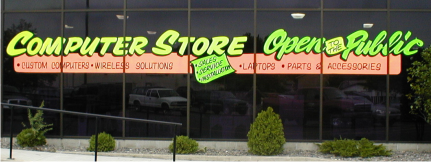

(Dayton, OH) has come a long way since it first opened its doors as a small custom moldmaker 50 years ago. Two Terminal Voltage Reference, 1 Output, 2.Minco Tool and Mold, Inc. Three Terminal Voltage Reference, 5V, BIPolar, MBCY8, IC 1-OUTPUT TWO TERM VOLTAGE REFERENCE, 1.24 V, PDSO5, SOT-23, 5 PIN, Voltage Reference Three Terminal Voltage Reference, 5V, BIPolar, CQCC20ġ-OUTPUT THREE TERM VOLTAGE REFERENCE, 6.25V, CDIP8, CERAMIC, DIP-8ġ.5%, low-voltage (1.24-V) adjustable precision shunt regulator 5-SOT-23 0 to 70 IC 1-OUTPUT THREE TERM VOLTAGE REFERENCE, 2.5 V, MBCY8, METAL CAN, TO-5, 8 PIN, Voltage Reference Additionally, this stage is the one furthest from a product being made, which is why we focus on metrics of stability over time when determining Design Risk. While this is early in the product lifecycle, choices at this point can severely impact a product much later on when the product is being made. This is when engineers are doing analysis of components in the marketplace, determining which specifications are most important for their design and assessing the cost impact of using this particular component. The design phase of a product is the beginning of the product lifecycle. We focus on the Design Phase on Findchips in our evaluation of Risk. Even the availability of manufacturer specifications and part documentation, such as datasheets and reference designs, have an impact on determining the overall riskiness of a part. Risk Rank is determined by a combination of factors such as product lifecycle status, price, inventory votality, current inventory availability, and much more.
We combine both of these aspects into a Purchasing Risk Rank score in order to focus in on risk elements that would be most pertinent for purchasers to be aware of.

Other factors like environmental certifications (RoHS) feed into this as well, as non-certified parts are more likely to become obsolete in the future. If a chip manufacturer decides to stop making a particular chip, it is supremely disruptive to mature products, because there may not even be replacement parts available. This means part risk goes up with the likelihood of obsolescence. Some automobile electronics are made consistently for 5-10 years, whereas military and industrial electronics could be produced from anywhere from 30-50 years. The amount of time that a product is manufactured often depends on the industry. Therefore, if a part is available in the online marketplace and has available FFF components, it will be listed as lower risk. It is possible to utilize alternative parts if things go wrong during this phase, but they need to be FFF (form, fit, function) compatible. During the production phase, there is no time to test new components if something goes awry – the design is the locked-in and a primary risk factor is the component availability in the marketplace. Sourcing parts reliably is the essential task during this phase, as it determines whether the product can continue production.

The production phase is when the product is being assembled. The risk is characterized across three product phases:įor Purchasing Risk Rank, we focus on the Production and the Long Term Phases on Findchips in our evaluation of Risk. Risk Rank is determined by a combination of factors such as product lifecycle status, price & inventory votality, current inventory availability, and much more.


 0 kommentar(er)
0 kommentar(er)
